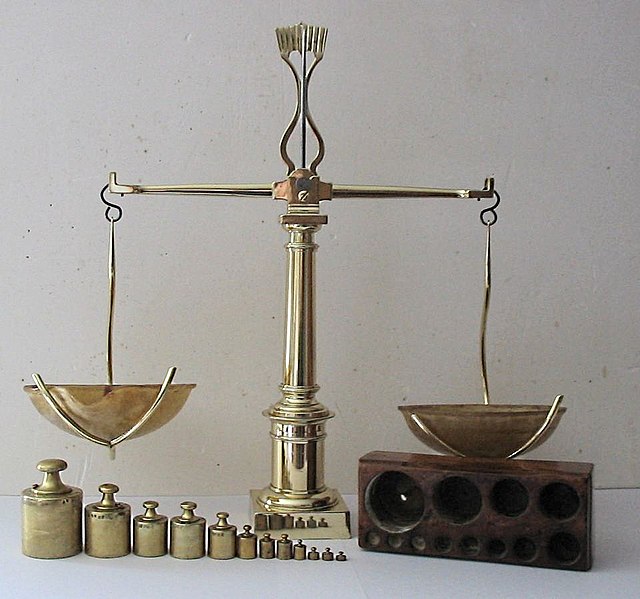In computer science, merge sort is an efficient, general-purpose, and comparison-based sorting algorithm. Most implementations produce a stable sort, which means that the relative order of equal elements is the same in the input and output. Merge sort is a divide-and-conquer algorithm that was invented by John von Neumann in 1945. A detailed description and analysis of bottom-up merge sort appeared in a report by Goldstine and von Neumann as early as 1948.
Merge sort type algorithms allowed large data sets to be sorted on early computers that had small random access memories by modern standards. Records were stored on magnetic tape and processed on banks of magnetic tape drives, such as these IBM 729s.
A comparison sort is a type of sorting algorithm that only reads the list elements through a single abstract comparison operation that determines which of two elements should occur first in the final sorted list. The only requirement is that the operator forms a total preorder over the data, with:if a ≤ b and b ≤ c then a ≤ c (transitivity)
for all a and b, a ≤ b or b ≤ a (connexity).
Sorting a set of unlabelled weights by weight using only a balance scale requires a comparison sort algorithm.


